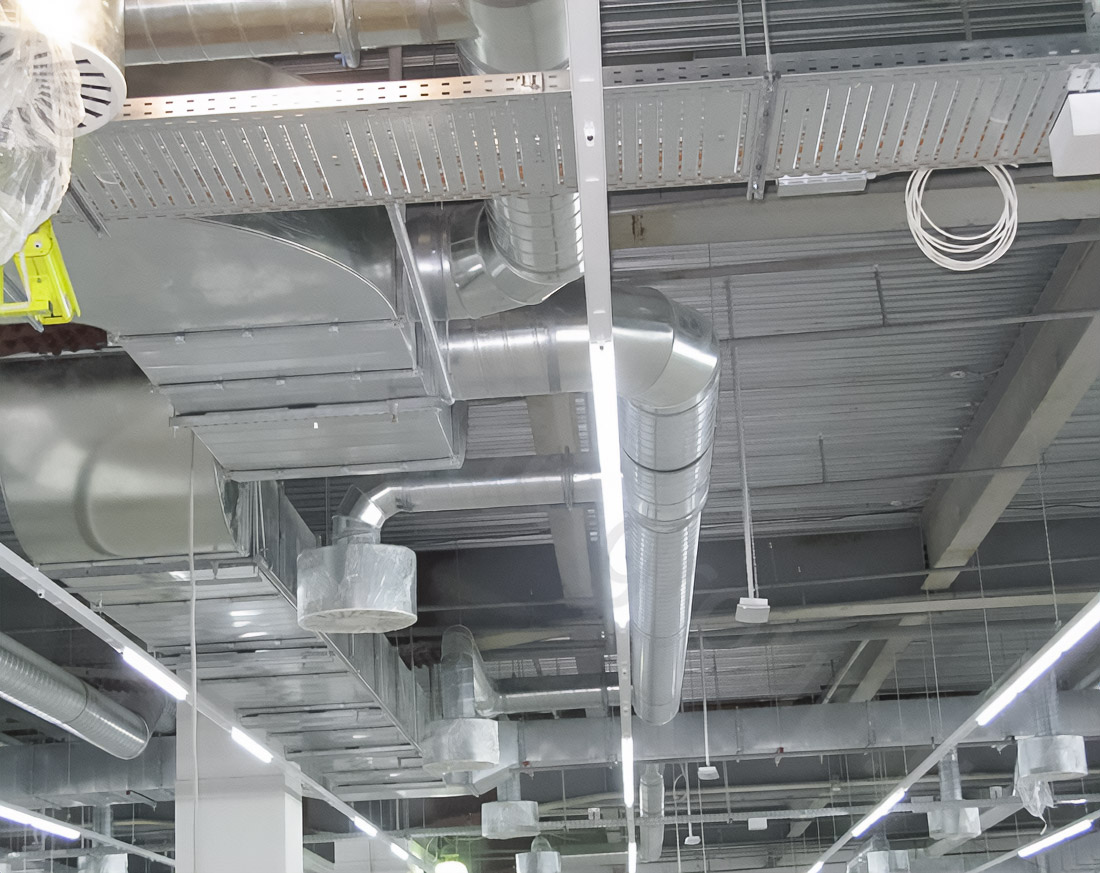Engineering systems in hot climates demand both precision and strict discipline. In Dubai and Abu Dhabi, there is little room for compromise. Reliability, energy efficiency, and flawless approvals are essential foundations. Air exchange must be finely calibrated, while temperature control requires exact accuracy. GRMS and BMS operate seamlessly together. For hotel operators, working with a trusted hvac solutions provider guarantees smooth integration and regulatory compliance.
Guest Room Management System (GRMS) Manages HVAC, lighting control, curtain control, and blind control by combining occupation detection and energy-saving algorithms. The air flows form grilles and diffusers. Blinds and valves are responsible for stability and safety. Variable Air Volume (VAV) In pressure independent and by-pass modes, it keeps the flow rate under control. Silencers dampen noise to target NC. Flexible ducts and connectors reduce vibrations and simplify installation. The infrastructure is supported by cable trays, GI trunking and data cabinets. For barriers fire doors with the required ratings.
Integrations that save kWh
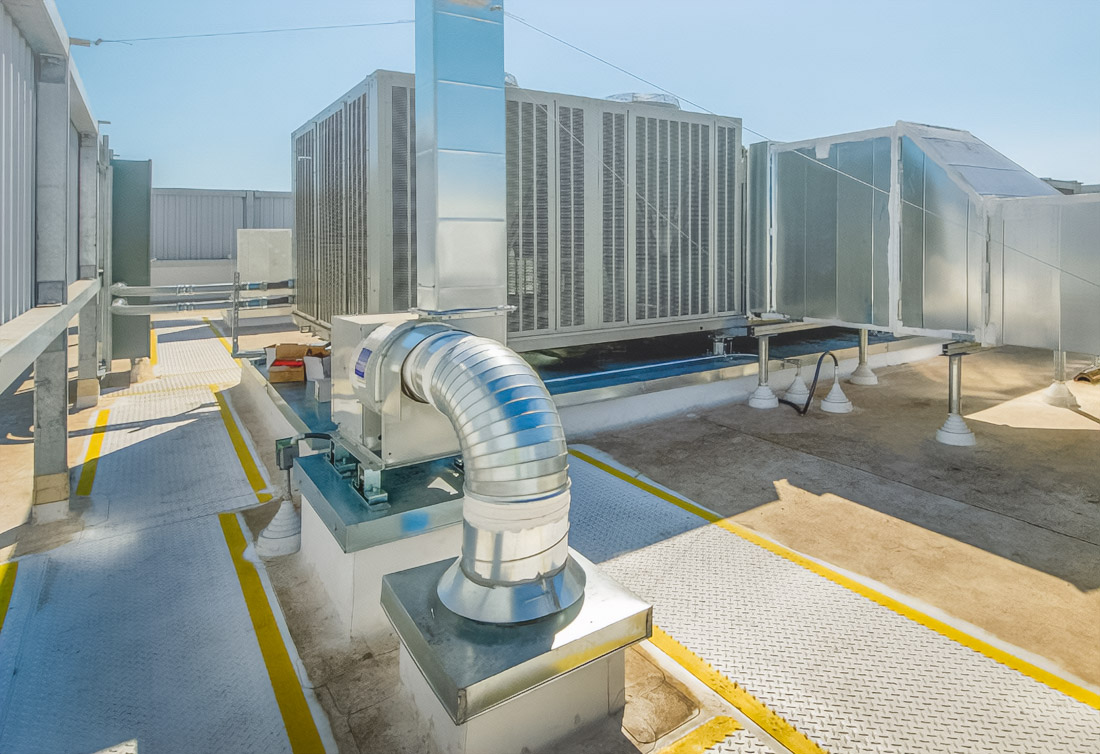
GRMS communicates with Building Management System (BMS) and Property Management System (PMS), as well as with workflow systems. DND/MUR events go into housekeeping instantly. The team sees real-time audit logs and acts faster. Smart lock integration adds security: door lock events and keycard access automatically turn on the “welcome stage” or switch the room to economy mode. In double-occupation scenarios, algorithms adjust the logic, taking into account the separate departure of guests. This reduces the load on HVAC without complaints.
Savings are often hidden in plain sight. Large televisions often consume more than light. GRMS turns off the TV in an empty room by occupation detection, supporting sustainability goals. Energy monitoring shows peaks by number and floor, and helps to align strategies. IPTV integration and light control with “Relax/Work/Sleep” scenes complement comfort without increasing consumption.
Design, Acoustics and Stable Microclimate
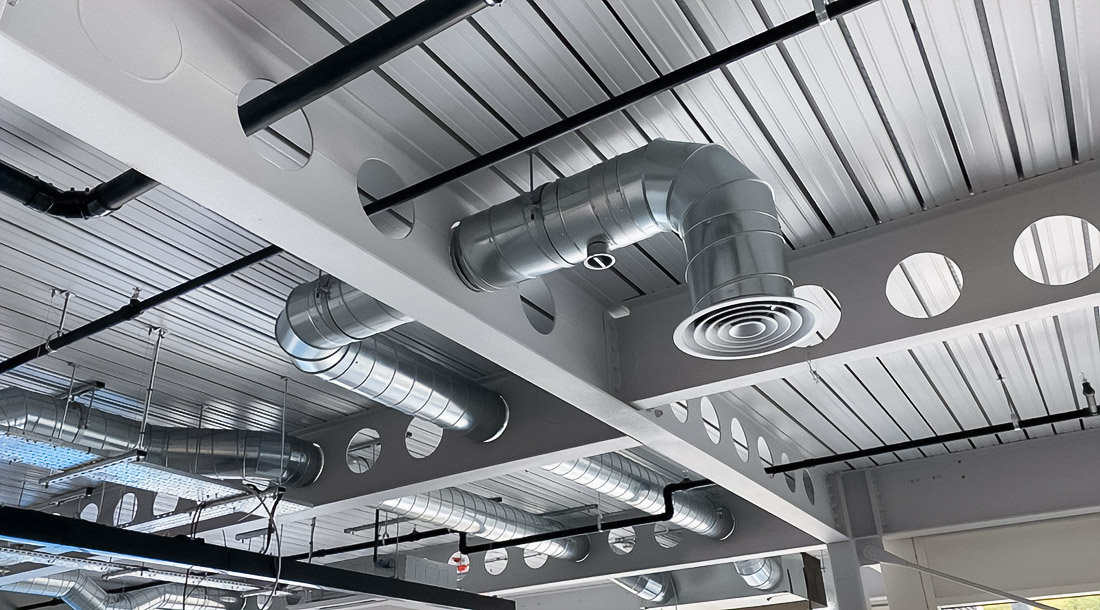
Acoustics are solved by a combination of tracks and mufflers. Consideration of radiated and breakthrough noise is important. Routes are designed with minimal losses. The VAV maintains stability at variable static pressure. The corridors and rooms remain quiet. The guests are satisfied. The operation is quiet.
The climate dictates harsh conditions. Units withstanding 400°C/2 hours are used for parking and smoke extraction. Operation at 50°C is provided for long-term modes. Explosion-proof fans are needed in certain areas. At the entrance groups the air curtain reduces infiltration, maintaining comfort. All elements are integrated into the overall aerodynamics, pressure drops, and evacuation scenarios.
District cooling and the ΔT discipline
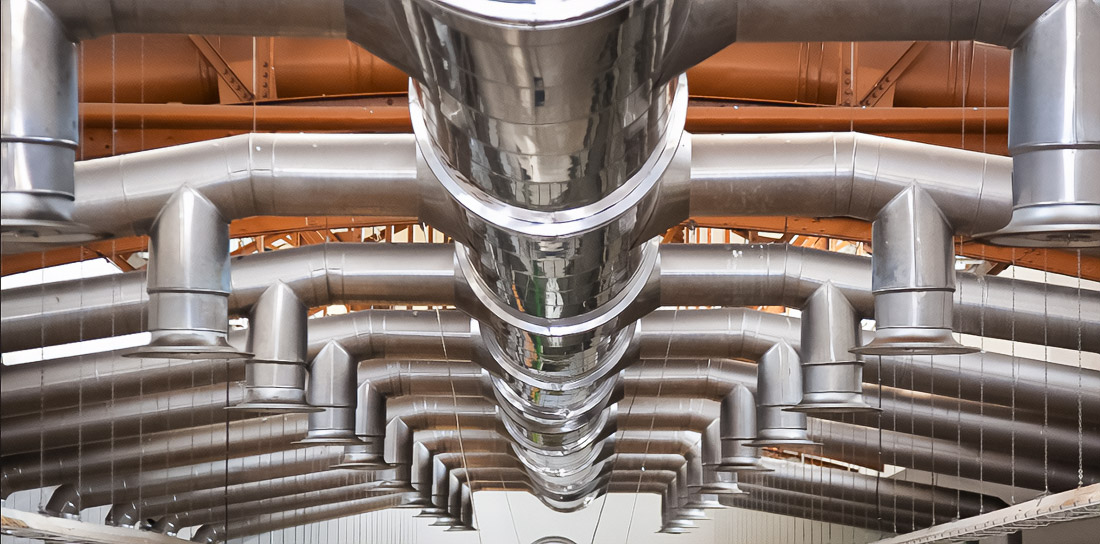
Centralized cooling reacts sharply to ΔT. Low ΔT accelerates pumps, reduces the efficiency of chillers and increases bills. What to do at the facility. Balance the contours. Eliminate parasitic overflows. Keep an estimated temperature chart. Set VAV to the correct minimum cost. Monitor the differential pressure and the condition of the heat exchangers. The result is tangible. Energy is saved, peak heat is experienced more steadily.
Interfaces, Customization, and Scale
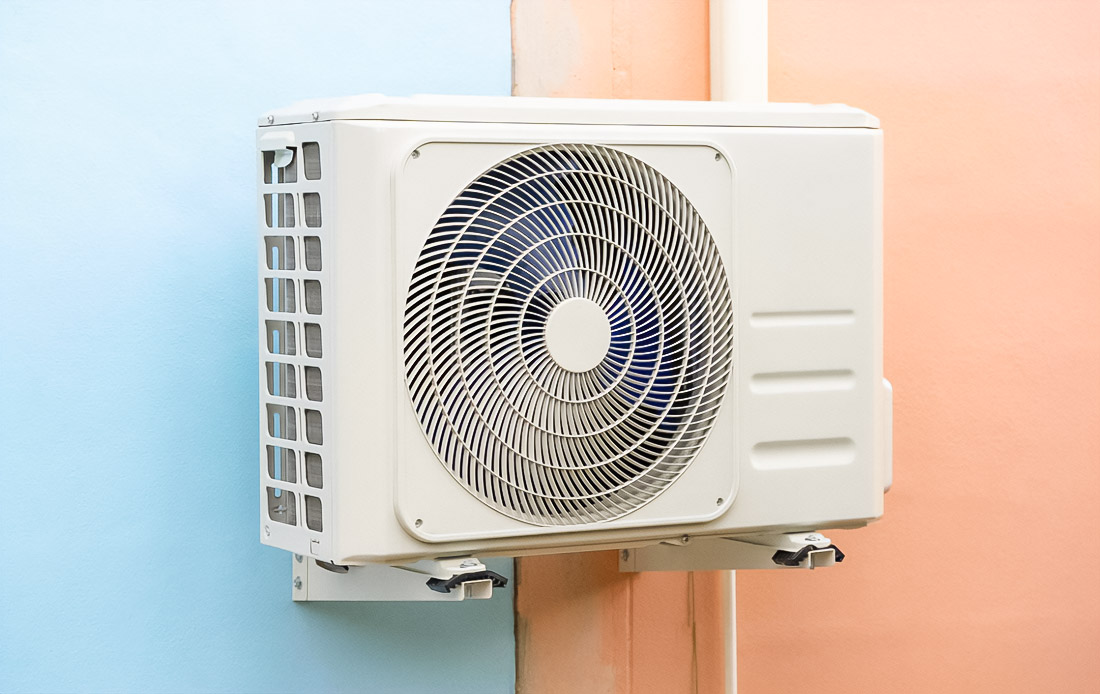
The guest needs a simple interface. Touch panels and smart switches with clear icons solve the problem without instructions. Deep customization is possible: up to 700+ RAL colors, bespoke icon libraries for FF&E and branded identity. Simple rooms, suites, and multi-level apartments are configured using a single platform. Scaling does not break the logic. The system supports over-the-air updates, and is growing with modules and state machines. Since 2010, such platforms have received 100+ features, while maintaining compatibility with early hardware. This is a serious safety margin.
Protocols of the Building
Open tires are important for engineering. KNX and BAS integration link the number to the central systems. BMS uses real-time data to manage central equipment, alarms, and prevention. IoT infrastructure collects data points: presence, windows, temperature, consumption, service attributes. Management sees the whole picture. Decisions are made faster. Payback is clearer.
Facts that help the decision
GRMS is used in more than 45 countries. The practice of implementation in hotel automation has been going on for 25+ years. Access profiles support up to 8 user groups: guests, housekeeping, supervisor, maintenance, security, management, and others. These numbers are important. They explain the maturity of the approach and the readiness for large networks.
Documentation and approvals
To speed up approvals, a package of documents is prepared in advance. They include data sheets for grilles, diffusers, blinds, valves, VAV, silencers. Attached are confirmations of UL, AMCA, AHRI, links to ANSI/ASHRAE and ADC. They add ETL markings, diagrams of passage through fire barriers, and an integration matrix with BMS and GRMS. Prescribe a test plan for emergency lighting with a central battery. There are fewer refunds. Weeks are saved.
GRMS and BMS are not a luxury, but a work necessity. HVAC is precisely controlled. The lighting and curtains follow the script. Energy is spent meaningfully. Televisions do not “eat” kWh unnecessarily. Access and security are transparent. A ΔT in district cooling is kept in check. This is how comfort is built without complaints and budgets without surprises.
Hiking addict, fender owner, International Swiss style practitioner and TDC honorary member. Doing at the crossroads of aesthetics and mathematics to craft experiences that go beyond design.
